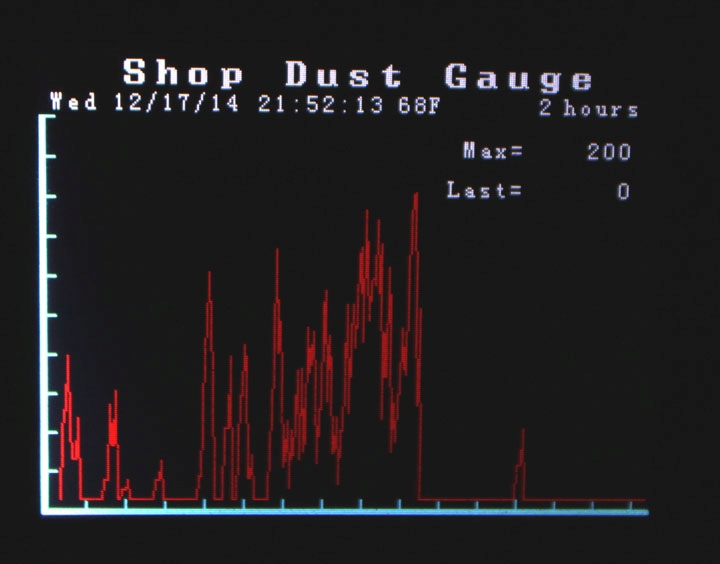Just wanted to say that I have enough beta testers now. If you are interested in the device, its construction article will start in the spring issue of Digital Machinst magazine.
Thanks to all who responded.
Thanks to all who responded.
This section allows you to view all posts made by this member. Note that you can only see posts made in areas you currently have access to.
Show posts Menu
Quote from: tvman44 on August 23, 2013, 01:44:11 PMAs shown on the website, I used 3/4 in mdf. This is a bit thick for the baffle edge, and that is why I beveled it. In this approach, the bottom of the separator not only serves as the baffle, but is also the rim seal for the bin, the attach point for the bottom of the Lexan sides, and the attach point for the inlet walls. Kind of a lot to ask of thin material. Perhaps a thin top layer for the edge over something that can form a pocket for the bin rim?
What did you use for the baffle itself?
Been thinking about redoing one of my separators from the top entry type with the baffle in the barrel and making a top hat for it. :)
Quote from: codykniffen on August 01, 2013, 09:33:19 PM
Pretty sure I'm going to finally build my top hat based on your design. Wish me luck!